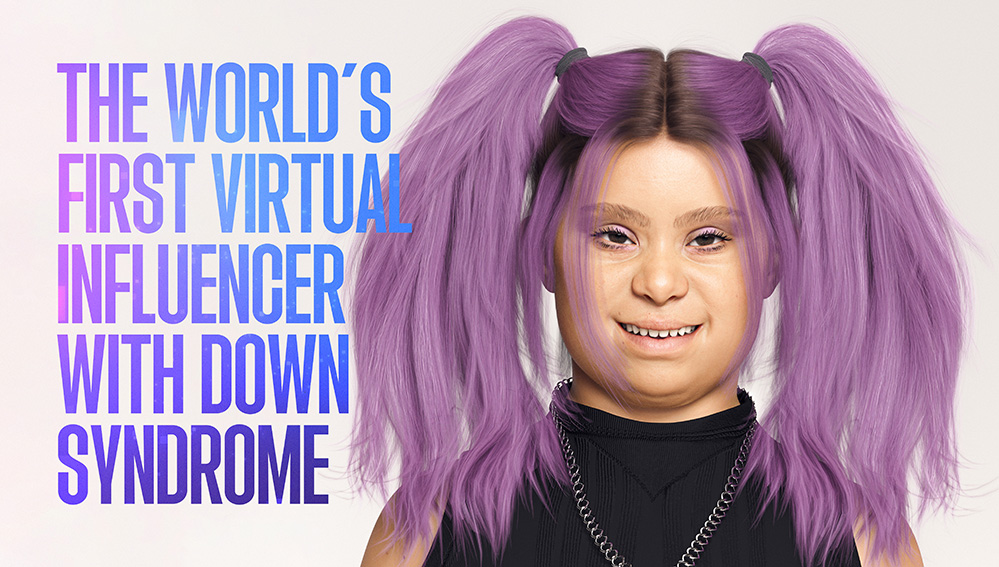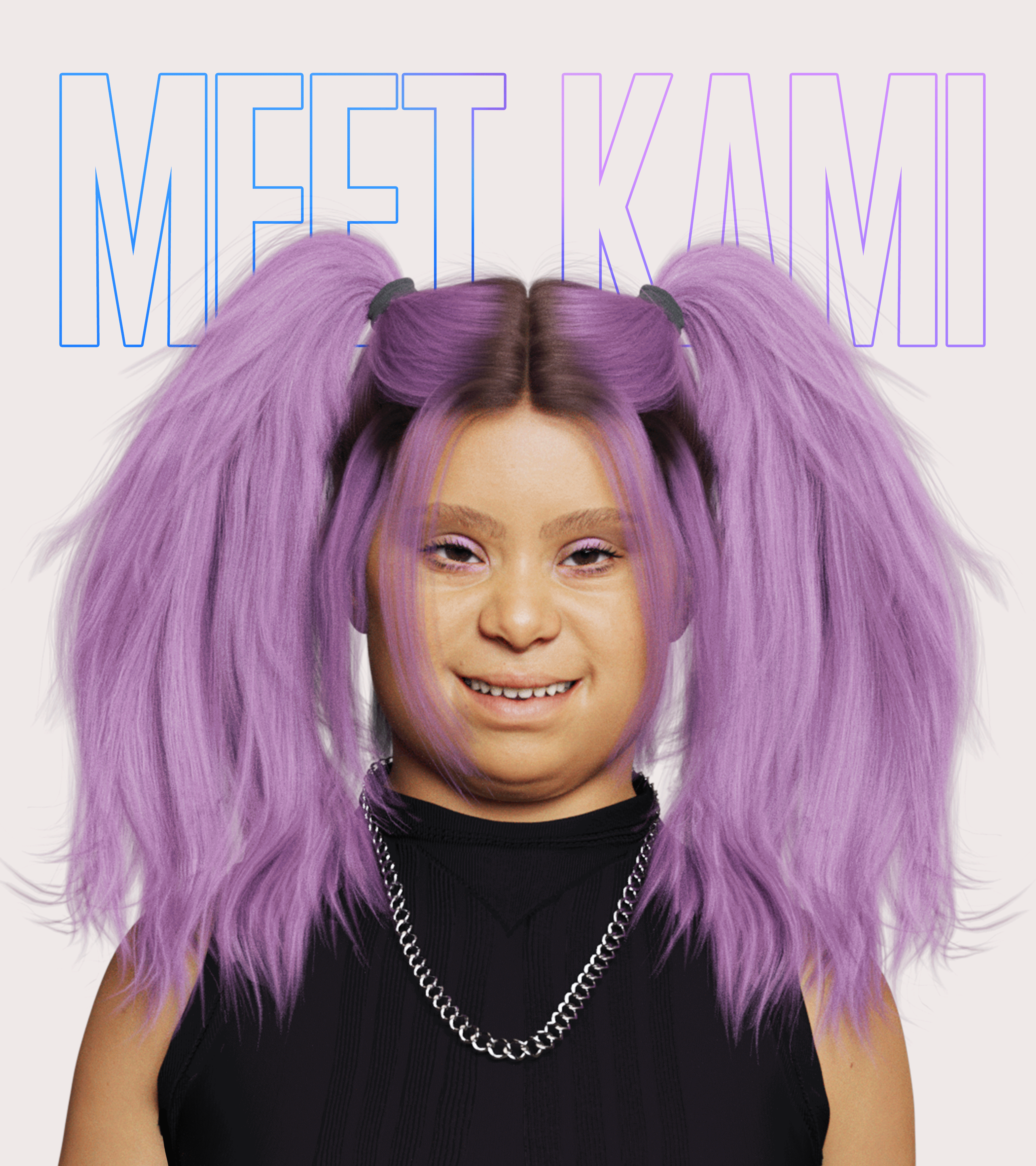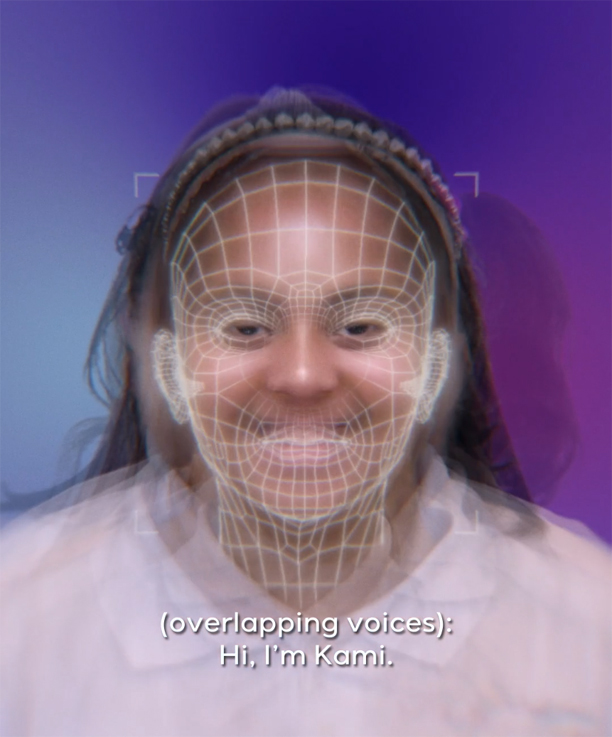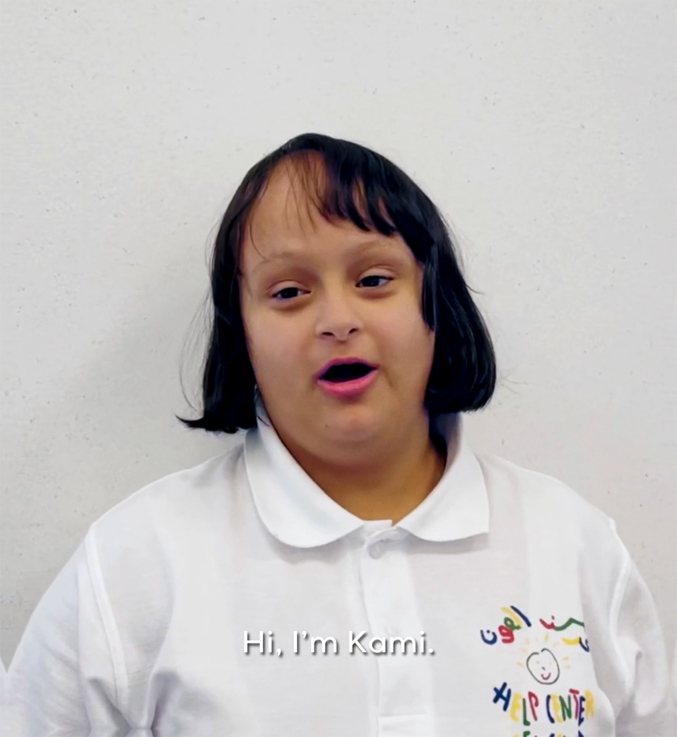Forsman & Bodenfors introduces the world’s first virtual influencer with Down Syndrome

Down Syndrome International (DSi) has teamed up with creative agency Forsman & Bodenfors Singapore (F&B) and global digital modelling agency The Diigitals to create the world’s first virtual influencer with Down syndrome.
Despite being a more connected society, the digital world is yet to fully embrace diversity. Avatars that allow us to choose an “ideal” face and body lead to the heavy under representation and the reduced visibility of people with disabilities.
Down Syndrome InternationaI (DSi), F&B Singapore and The Diigitals saw an opportunity to revolutionise the digital space by creating the world’s first virtual influencer with Down syndrome.
Her name is Kami, which is short for the name Kamilah. It means perfection, and that is how they want the world to see her. By intentionally giving Down syndrome to someone who is universally known as ‘perfect’ in the social sphere, Kami will be a powerful representation that Down syndrome is not a flaw, or a mistake, and that she does not need ‘fixing’.
The conceptual idea of Kami is from F&B Singapore, who wanted to fulfil DSi’s ambition of bringing inclusion into the daily life of people with Down syndrome. Kami represented a revolutionary agent for change in an otherwise inaccessible space.
Kami’s mission starts with a pledge: Inviting the world’s most forward-thinking communities and brands to help her change the digital space for the better and make it a more friendly and inclusive place for people living with Down Syndrome.
“In a world filled with pixel perfect virtual models, creating Kami is a way to completely reframe Down syndrome in the online space. We want to make it impossible to ignore Kami and everything she stands for. As we get to know her, Kami’s true potential will depend on how the world embraces her in her virtual form.” – Rachel Kennedy & Firrdaus Yusoff, Creatives, Forsman & Bodenfors Singapore.
For DSi and the DSi global member network, it was important that the creation of Kami was a collaboration driven by the Down syndrome community and individuals living with Down syndrome.
For Kami to be a truly authentic representation of real women with Down syndrome, a panel of over 100 young women volunteers with Down syndrome across the DSi global network were consulted to collaborate on her creation as a virtual model – acting as the faces, physiques, gestures, voices, and personalities that Kami will embody.

Andrew Boys Executive Director of DSi, said: “We have always been acutely aware that the digital space has had little or no place for people with Down syndrome. Creating Kami as a welcoming and relatable representation in the digital space for young women with Down syndrome is an incredible milestone for DSi. We have high hopes for Kami and the transformation she can bring to digital diversity.”
Russell Watkins, Fundraising Officer, DSi, said: “I think eventually, Kami should be for everyone, and I’d love for her to be someone any girl can look up to. We hope to see her amongst everyday life without being challenged for why she’s there. She should be present because she’s amazing rather than because she has Down syndrome.”
One of the women volunteers with Down syndrome is Jaspreet Sekhon from Singapore. Jaspreet said: “I don’t really see people with Down syndrome on social media. I wish there was more like us…. If I saw more people with Down syndrome, it would make us confident in ourselves. Show people what we can do and then show it on social media.”
The process of creating Kami was part algorithm, part craft. The portraits of the 100+ women with Down syndrome were aligned, then added to a face averaging program that ultimately delivered a single image. Next the 3D character creator program Daz3D was used to generate the initial concept and face of Kami.
For founder and CEO of The Diigitals, Cameron James-Wilson, using machine learning to generate the first phase of Kami was critical to the process of creating a truly authentic and diverse 3D character.
James-Wilson said: “Generating the initial concept of Kami from an algorithm more than the touch of a human hand eliminated any notion of unconscious beauty bias into the character creation process. We really wanted Kami’s DNA to represent all the faces and aspects of these women with Down syndrome, which the program allowed us to do.”
With a prototype in place, the final phase of creating Kami was the intricate process of creating her human features in 3D form, from microfibre brows to eyelashes and real – life skin textures.
From here Kami becomes a 3D avatar that can take on many different forms and be imported into different platforms.
James-Wilson added: “Creating characters like Kami signify a challenge to the many layers of digital interface that currently lack inclusivity. We need to address some of the glaring problems in this space and build the online world we want for the future”.
Kami’s platform of engagement is currently live on instagram @itskamisworld. True to a virtual influencer, Kami will give people a peek into her daily life, her likes, her quirks, her friends, and her interests. She will exist to shine the spotlight on people with Down syndrome while fulfilling a bigger and powerful mission to make the digital world more inclusive with #TheKamiPledge.



